
Review on Intel 2 83GHz Desktop Processor EU80570PJ0736M by Adam Bronisz ᠌

The product is good, there are only a few minor flaws.
65 candles are the recognized coefficient of the adverse effect known as TDP (heat power). Temperatures can swing widely (40 degrees to 100 degrees), but for me, my comfort level is almost entirely determined by the cooler. Despite the fact that I'm confused about the issue of noiselessness right now, and whether or not to turn the fan off, you can either set it to four revolutions per second. It is quite improbable that your device would overheat over 55 degrees if you have at least one 9-centimeter fan rotating at a rate of at least 25 revolutions per second (1500 rpm). Check out my analysis of Kabuto if you have time. There is a spectrum of options. It remained untouched for a considerable amount of time (before to Kabutom; behind the 9" Cooler master DI5 9GDPB P3). Therefore, tweezers were required to get rid of the dust. And it didn't overheat either.
- On a voltage scale, it went up to 3.6 without any problems after starting at 2.8. Simply did not work any more. While some of the games I play on it see a performance hit, the vast majority of my work do not. Or slow down because of blatantly incorrect program settings (let's use Firefox and a hundred add-ons to it as an example). Let's just say it: the finest games are not the most recent games, in spite of the fact that a lot of cool burps are not burped from the earlier ones, and on other platforms under emulsifiers. Because of this, it works well for me. The editing (coding) that has been fine-tuned is simply pushed to the background and forgotten about. There are several processors that use novel architectures, however it is unclear how they can generally outperform it. Only when the percent is increased does there appear to be a discernible change in performance, as shown by the tables in Aida-64. Some "i7" processors have 4 or 6 cores, which results in a higher total frequency. And I don't get what you mean when you imply that new CPUs are superior for some new "architecture" over there. Where you are going, you won't find any performances. Only the frequency and number of cores are taken into account. This Duu c 3.52 is still superior to the i5, which only scores 1.74. The improvement to the architecture is purely cosmetic, and in most cases, the benefits of the upgrade are negated by the effects of overclocking, provided that the system has not been overclocked to its absolute limit. Not the performance, but rather a fresh "format" of the CPU and all of its components is required in order to run new programs. Regarding the spread of heat, please refer to the remarks.
- On it, two thermal sensors will always report a temperature of at least 54 degrees for each unique core! There has been some type of a blunder here. The sensor that is located below it on the system map displays the typical average temperature beginning at 28 degrees, but the sensor that is located on the sensor itself only displays itself when the temperature goes over 54 degrees.
New products
Comments (0)
Top products in 🧰 Computer Internal Components
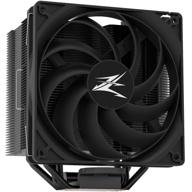
Zalman Performa Performance Powerful Included

172 Review
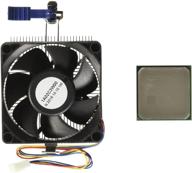
💪 AMD FD6300WMHKBOX FX-6300 Black Edition: 6-Core Processor with Unparalleled Performance

134 Review
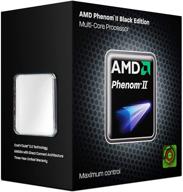
AMD Phenom II X4 940 💻 Black Edition 3.0GHz AM2+ Processor - Retail

96 Review

Unleash High-Performance with AMD Ryzen 5 3600XT Processor & Wraith Spire Cooler

223 Review
Another interesting products

Comprehensive 500pcs Laptop Screw Kit Set for 🔩 IBM HP Dell Lenovo Samsung Sony Toshiba Gateway Acer

12 Review
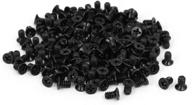
uxcell 3.5" HDD Screw Black 200pcs for Computer PC Case - Flat Phillips Head - 6#-32 - Hard Drive Fasteners

10 Review
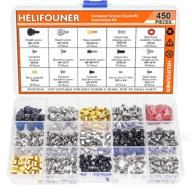
🖥️ Helifouner 450-Piece Computer Standoffs Spacer Screws Kit: Ideal for Hard Drive, Motherboard, Fan, Power Graphics & Computer Cases

10 Review
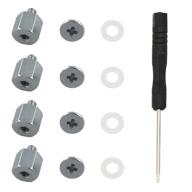
M.2 Screw Kit: Easy Mounting for NVMe SSDs on ASUS Motherboards

19 Review

